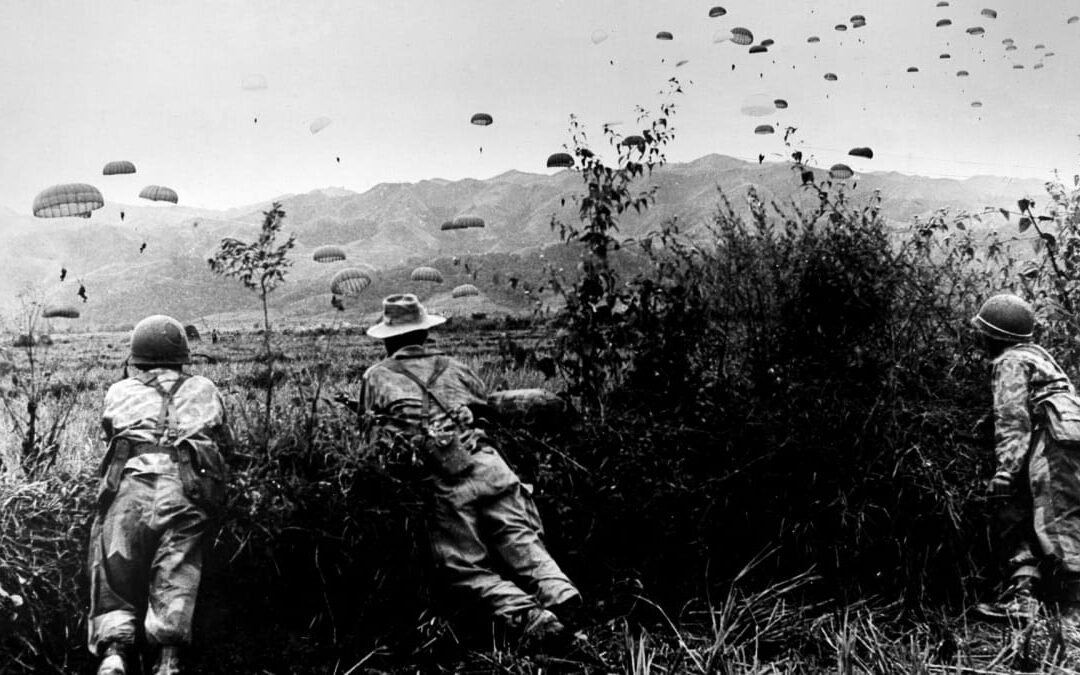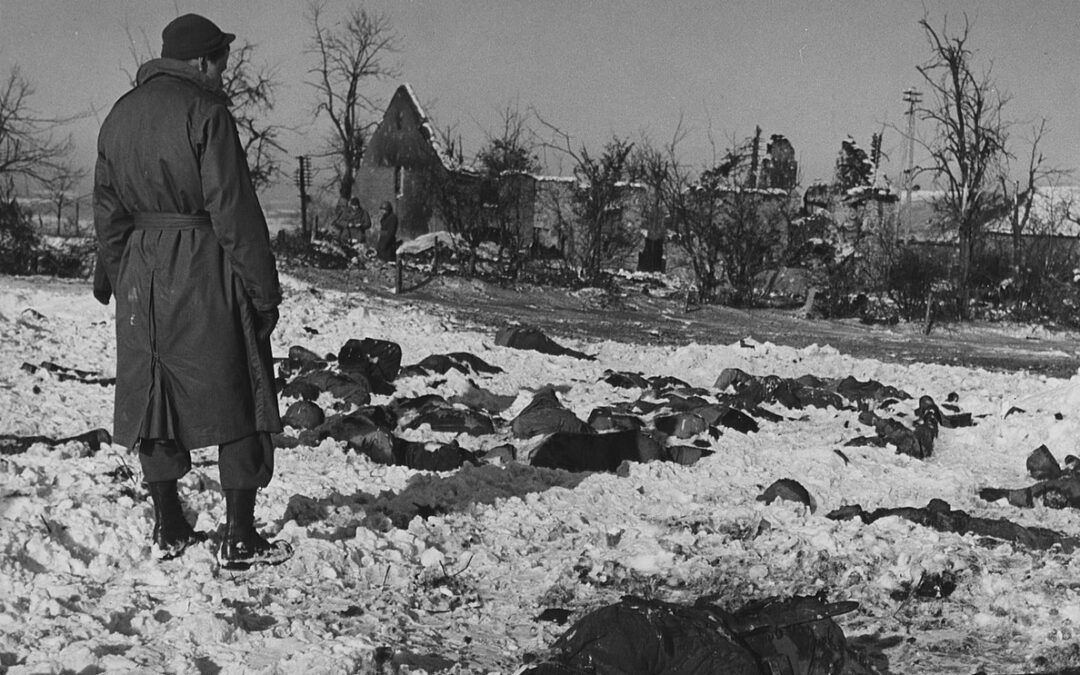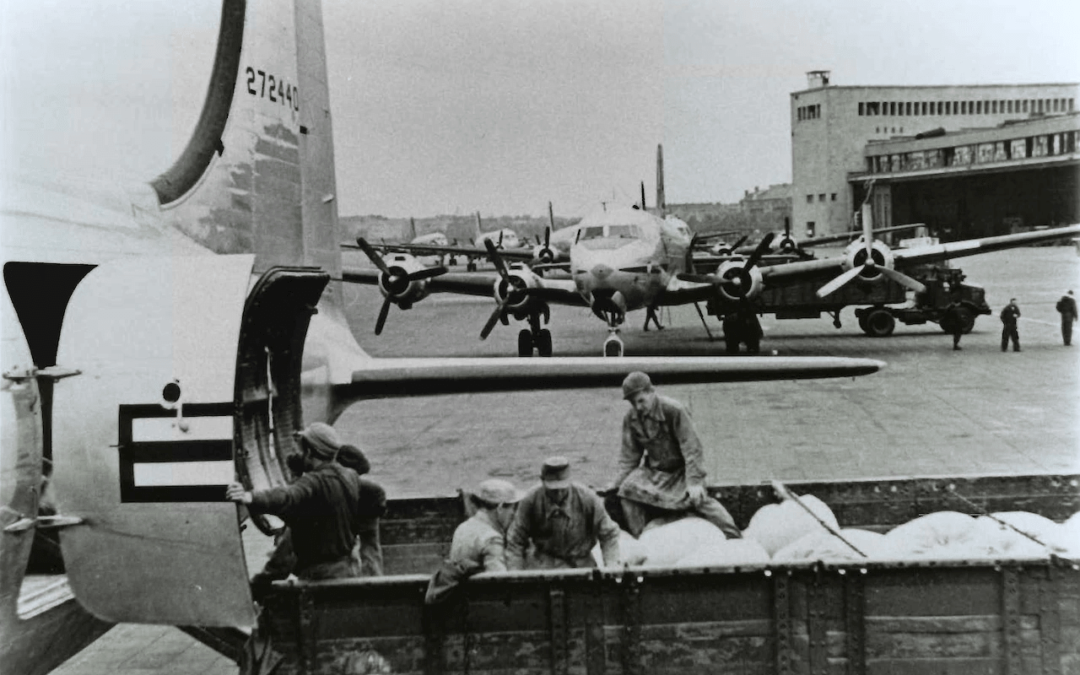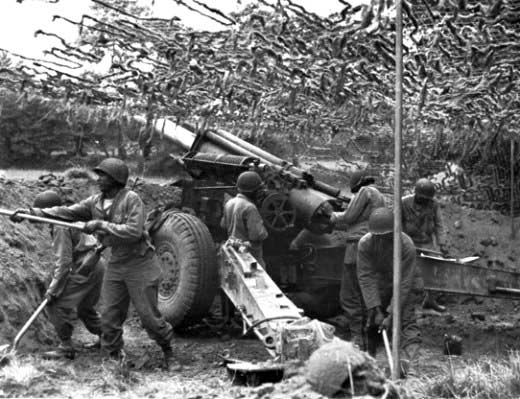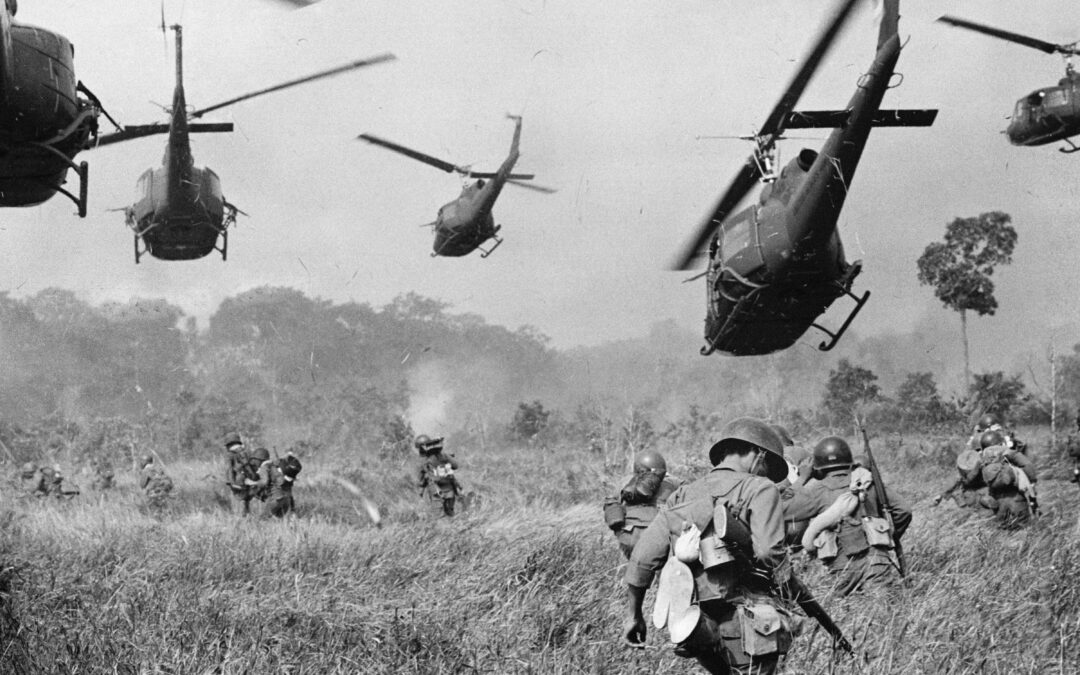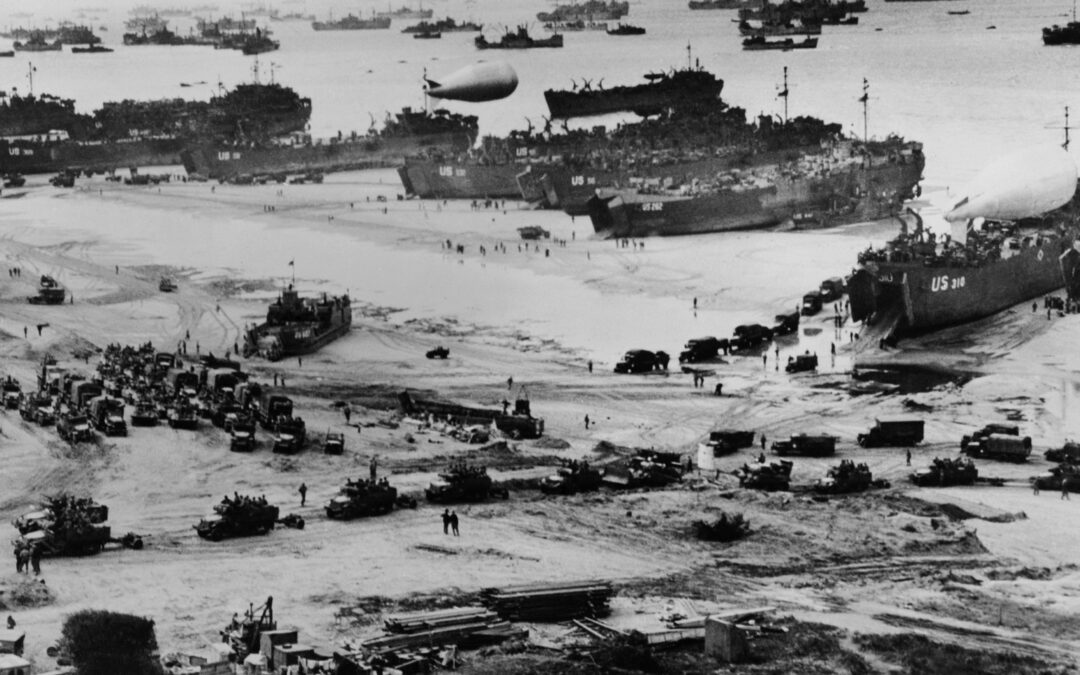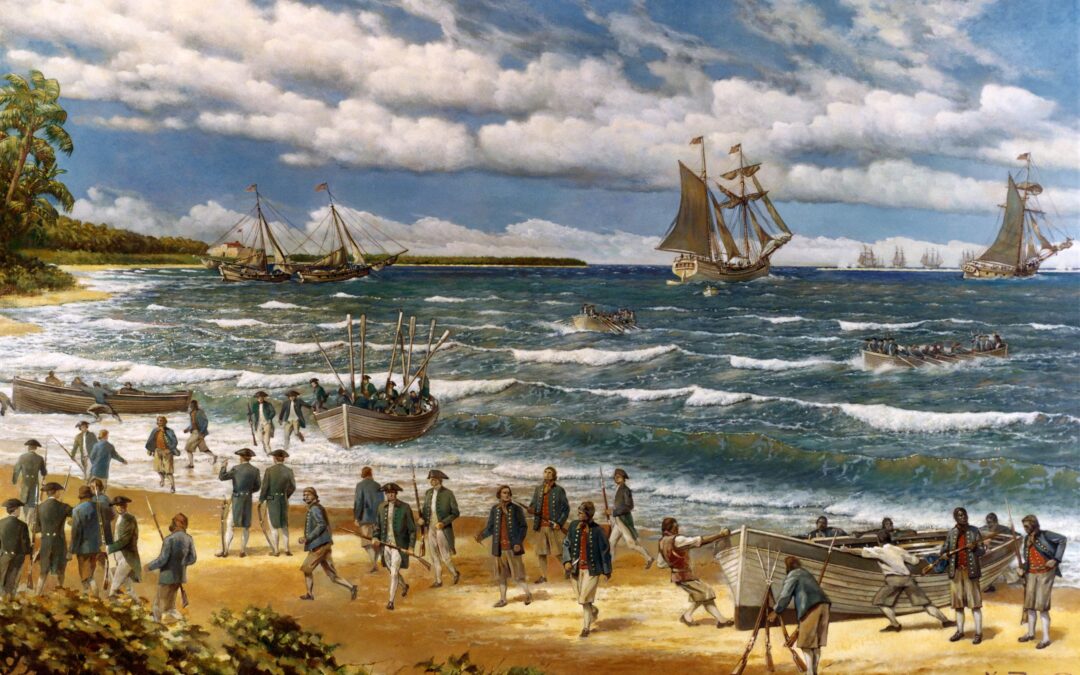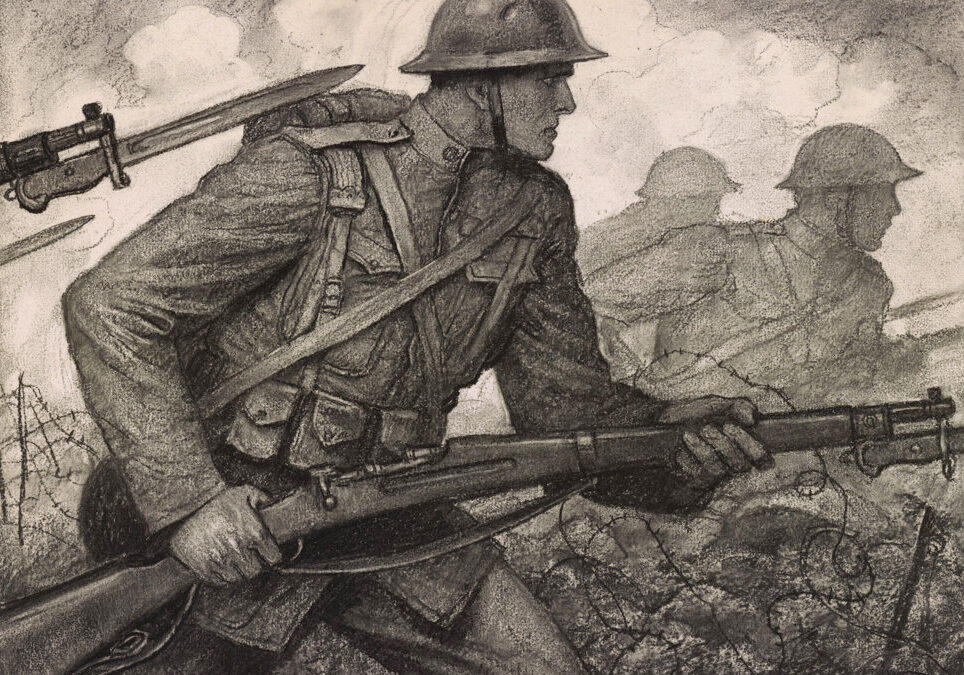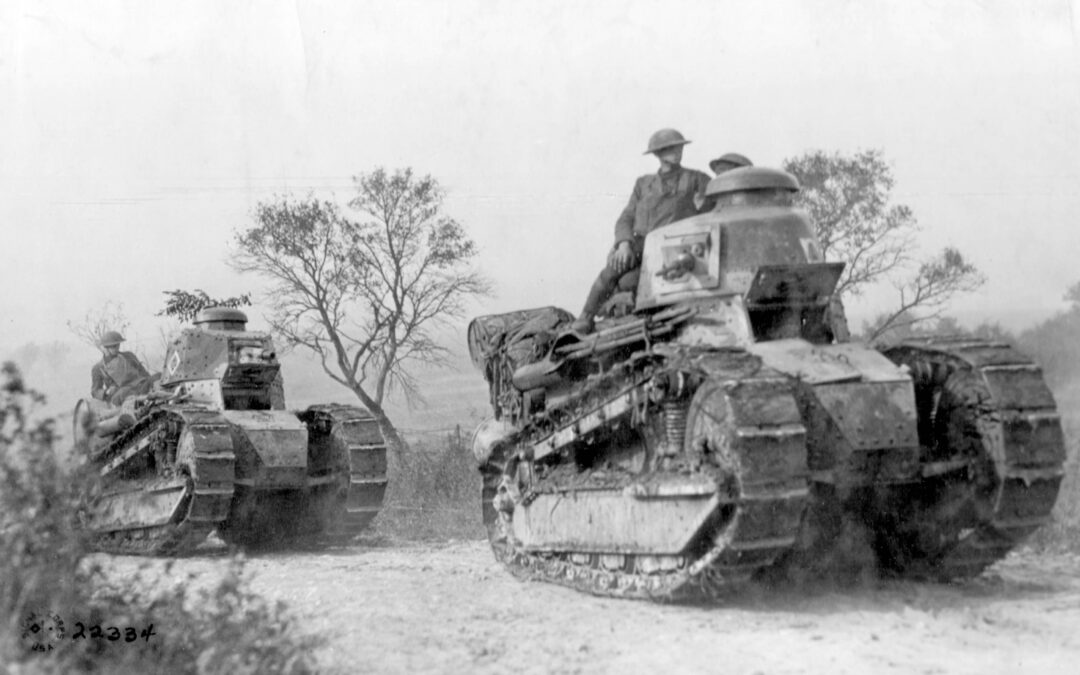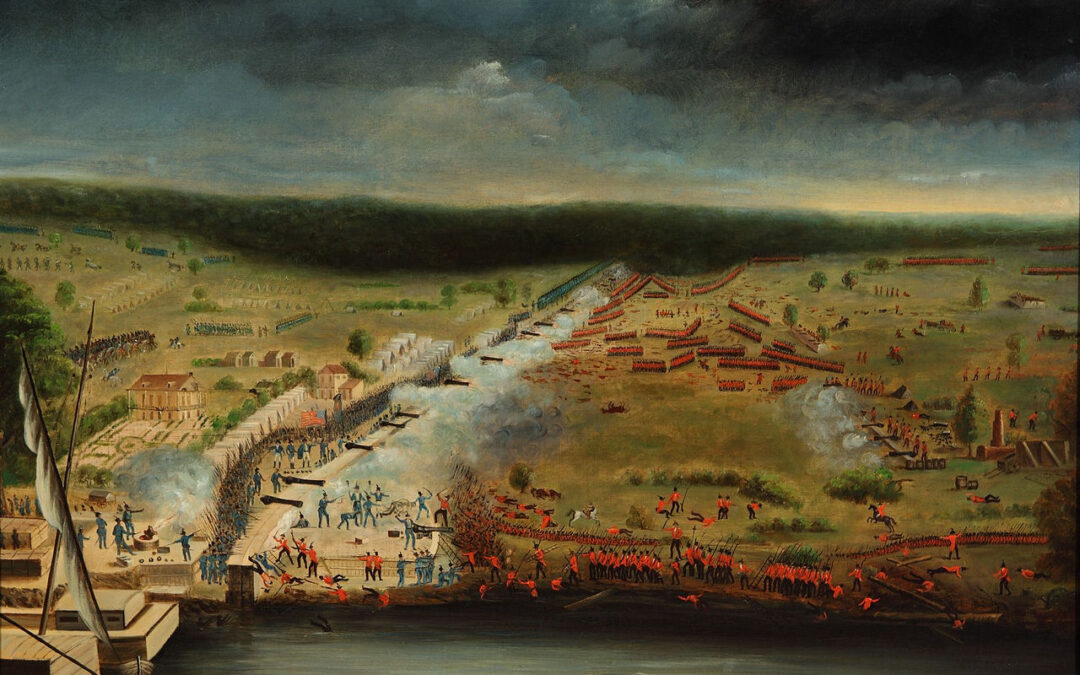"The Battle of Dien Bien Phu, fought from March 13 to May 7, 1954, was a decisive Vietnamese military victory that brought an end to French colonial rule in Vietnam." The causes of the Vietnam War trace their roots back to the end of World War II. A French colony, Indochina (Vietnam, Laos, & Cambodia) had been occupied by the Japanese during the war. In 1941, a Vietnamese nationalist movement, the Viet Minh, was formed by Ho Chi Minh to resist the occupiers. A communist, Ho Chi Minh, waged a guerilla war against the Japanese with the support of the United States. The Battle of Dien Bien Phu that settled the fate of French Indochina was initiated in November 1953. Ho Chi Minh Proclaimed the Independent Democratic Republic of Vietnam On September 2, 1945, hours after the Japanese signed their unconditional surrender in World War II, Ho Chi Minh proclaimed the independent Democratic Republic of Vietnam, hoping to prevent the French from reclaiming their former colonial possession....
